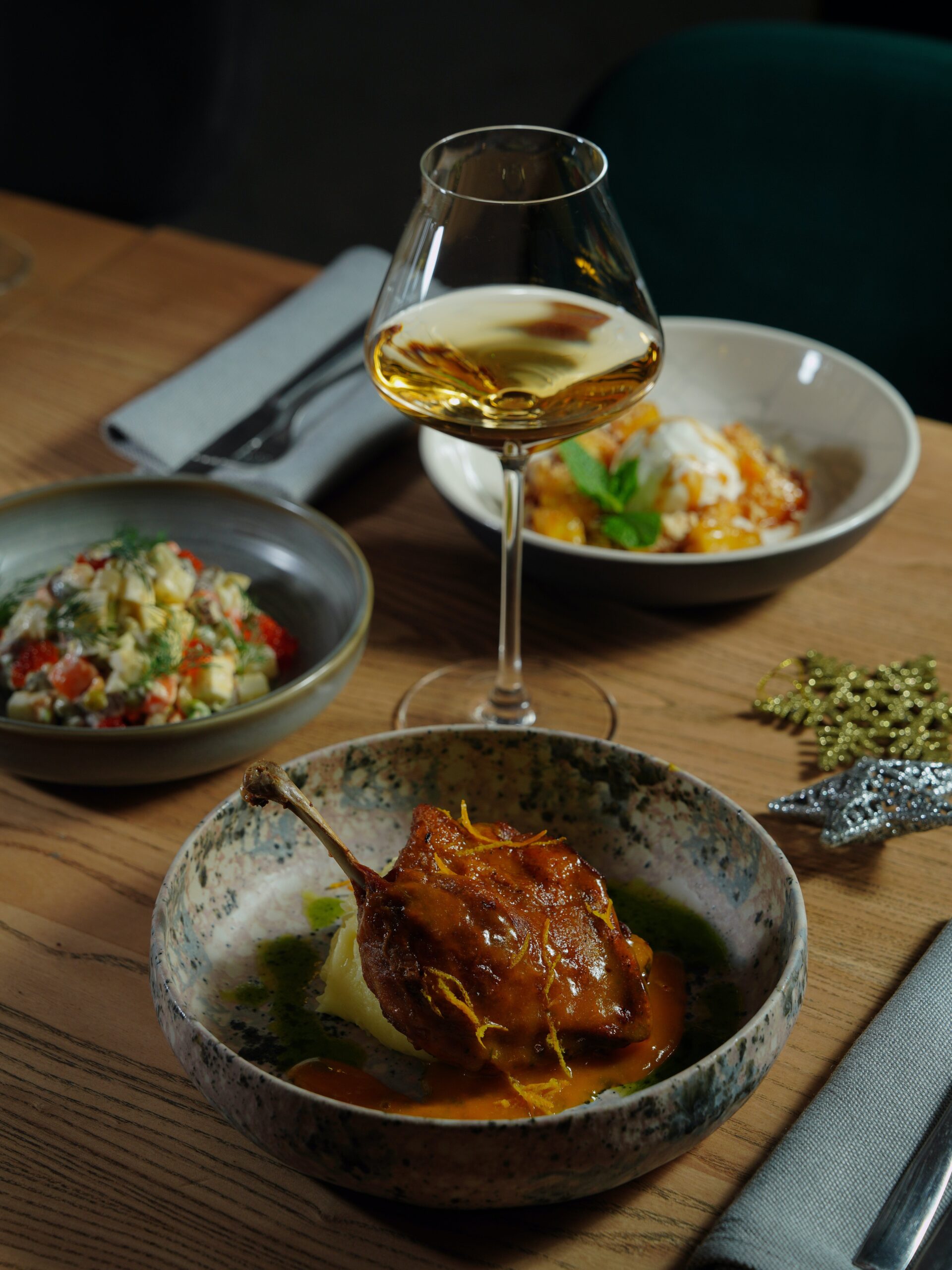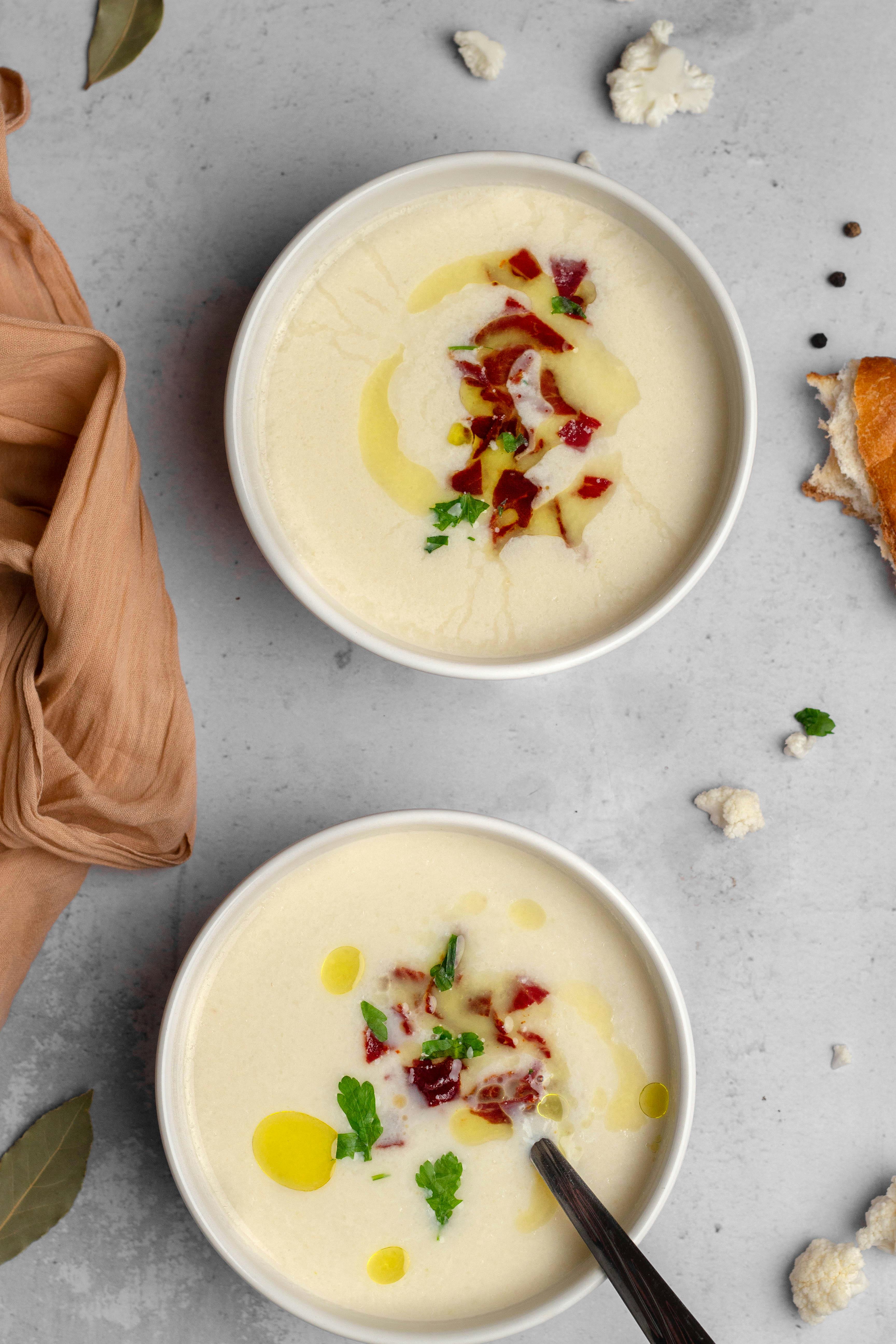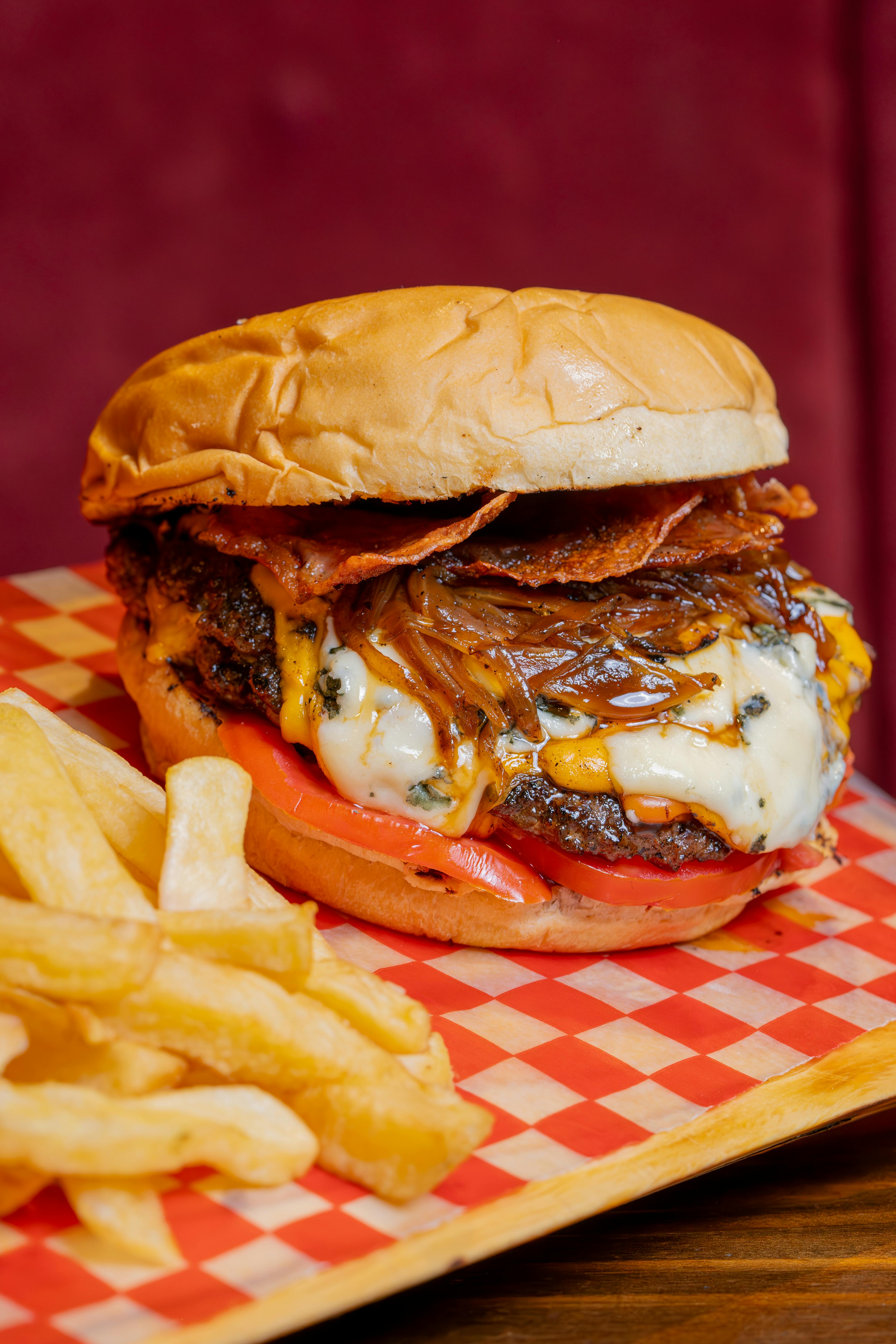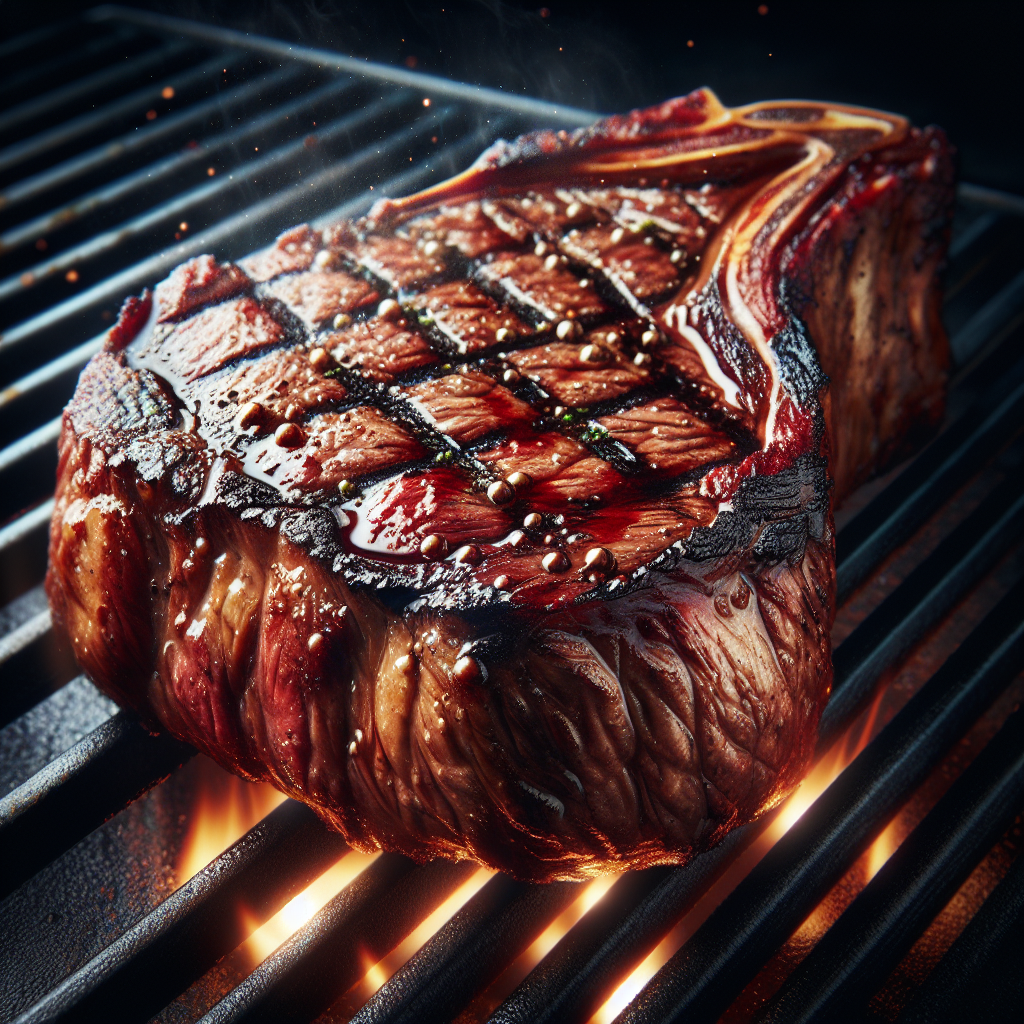Indulge in the art of steak cooking as you explore the delectable world of cooking techniques and marinades. Dive into a culinary treasure trove of mouthwatering recipes at Tastepan.com, where you can discover a wide range of dishes that will elevate your culinary adventures. With step-by-step instructions and expert tips, you’ll unleash your inner chef and master the art of creating the perfect steak. Whether you prefer a classic comfort food recipe or an exotic international dish, our curated collection is sure to tantalize your taste buds. Get ready to take your steak game to a whole new level of deliciousness.
Choosing the Right Steak
When it comes to choosing the right steak for your meal, understanding the different cuts of beef is essential. Each cut has its own unique characteristics and flavor profiles. Some popular cuts include ribeye, sirloin, filet mignon, and T-bone. Ribeye is known for its marbling and rich, buttery flavor, while sirloin offers a balance of tenderness and flavor. Filet mignon is incredibly tender, and the T-bone steak combines both the strip steak and the tenderloin. By learning about the different cuts, you can select the perfect steak for your preferences.
One factor to consider when choosing a steak is whether it is grass-fed or grain-fed. Grass-fed beef comes from cattle that have grazed on grass throughout their entire lives, resulting in leaner meat with a distinct flavor. On the other hand, grain-fed beef comes from cattle that have been fed a diet consisting primarily of grains, such as corn, which can lead to marbling and a more tender texture. Both options have their own unique qualities, so it ultimately comes down to personal preference.
When it comes to selecting quality meat, there are a few things to keep in mind. Look for steaks that have a bright red color and are well-marbled with fat. The fat should be evenly distributed throughout the meat, as this will contribute to both flavor and tenderness. Avoid steaks with excessive amounts of fat around the edges, as this can result in flare-ups during cooking. Additionally, choose steaks that are firm to the touch and have a fresh, meaty aroma. By following these tips, you can ensure you are selecting the best quality meat for your steak.
Cooking Methods
There are various cooking methods that can be used to prepare a delicious steak. Each method offers its own unique advantages and can result in a different taste and texture. Some popular methods include grilling, pan-searing, broiling, sous vide, and smoking. By understanding the different techniques, you can choose the method that best suits your preferences and cooking equipment.
Grilling
Grilling is a classic and popular way to cook steak. It involves cooking the steak directly over an open flame or on a hot grill. Grilling allows for the development of a caramelized crust, also known as the Maillard reaction, which adds flavor and creates a visually appealing charred exterior. It is important to preheat the grill and create different heat zones to achieve the desired level of doneness. Direct grilling involves cooking the steak directly over the heat source, while indirect grilling involves cooking the steak away from the heat source, using indirect heat. Both techniques can result in a deliciously grilled steak.
Pan-Searing
Pan-searing is a cooking method that involves searing the steak in a hot skillet on the stovetop. This technique allows for the development of a flavorful crust while retaining the steak’s natural juices. To achieve the perfect sear, it is important to choose the right pan, such as a cast-iron skillet, that can retain and distribute heat evenly. The key to pan-searing is to heat the pan until it is smoking hot and to avoid overcrowding the pan, as this can prevent the steak from searing properly. After searing, the steak should be flipped only once and allowed to rest before slicing.
Broiling
Broiling is a cooking method that involves cooking the steak under high heat in the oven. This technique allows for the steak to be cooked quickly and evenly, resulting in a juicy and tender steak. To broil a steak, it is important to adjust the rack position in the oven to achieve the desired level of doneness. Preheating the broiler is crucial to ensure even cooking and to promote the development of a caramelized crust. Basting the steak with a marinade during the broiling process can add additional flavor and moisture to the meat.
Sous Vide
Sous vide is a cooking method that involves vacuum-sealing the steak and cooking it in a water bath at a precise and consistent temperature. This technique allows for precise control over the cooking process, resulting in a perfectly cooked steak every time. To cook a steak sous vide, it is important to set the temperature and time according to the desired level of doneness. After cooking sous vide, the steak can be finished with a quick sear in a hot skillet or on the grill to develop a flavorful crust.
Smoking
Smoking is a cooking method that involves cooking the steak in a smoker, which infuses the meat with a smoky flavor. This technique requires the use of wood chips, such as hickory or mesquite, to generate smoke and create the desired flavor profile. Choosing the right wood chips is crucial to achieving the desired flavor, as different types of wood offer different levels of smokiness. Setting the smoker temperature is important to ensure the steak is cooked to the desired level of doneness, and using water pans in the smoker can help regulate the temperature and add moisture to the cooking environment.

Grilling Techniques
When grilling a steak, there are specific techniques that can help enhance the flavor and texture of the meat. From preheating the grill to utilizing different heat zones, each step plays a role in achieving the perfect grilled steak.
Preheating the Grill
Before placing the steak on the grill, it is crucial to preheat the grill to the desired temperature. Preheating ensures that the grill grates are hot enough to create a sear on the steak and prevents the meat from sticking to the grates. For a gas grill, preheat by turning on all the burners to high and closing the lid for about 10-15 minutes. For a charcoal grill, preheat by lighting the charcoal and allowing it to burn until it turns gray and ashy, then spreading it evenly across the bottom of the grill.
Direct Grilling
Direct grilling involves cooking the steak directly over the heat source. This technique is best used for thinner cuts of steak that cook quickly, such as strip steaks or sirloin steaks. To direct grill a steak, place it directly over the hot coals or flames and cook it for a short amount of time on each side, depending on the desired level of doneness. This method allows for a delicious charred exterior and tender interior.
Indirect Grilling
Indirect grilling involves cooking the steak away from the heat source, using indirect heat. This technique is best used for thicker cuts of steak that require longer cooking times, such as ribeye or T-bone steaks. To indirect grill a steak, place it on the grill grates away from the heat source and close the lid. This allows for even cooking and helps prevent the steak from burning on the outside while still being raw on the inside. It is important to monitor the internal temperature of the steak using a meat thermometer to ensure it reaches the desired level of doneness.
Using Different Heat Zones
Utilizing different heat zones on the grill can help achieve different levels of doneness and provide more control over the cooking process. By creating a two-zone fire, where one side of the grill is hot and the other side is cooler, you can sear the steak over the high heat and then finish cooking it over the lower heat. This method allows for the development of a caramelized crust and a juicy, evenly cooked interior. It is important to monitor the internal temperature using a meat thermometer to ensure the steak is cooked to the desired level of doneness.
Pan-Searing Tips
Pan-searing is a versatile cooking method that can be done on the stovetop using a skillet. By following a few tips, you can achieve a perfect sear and deliciously cooked steak.
Choosing the Right Pan
When pan-searing a steak, it is important to choose the right pan that can retain and distribute heat evenly. A cast-iron skillet is an excellent choice, as it has excellent heat retention properties. The heavy, thick-bottomed pan allows for even cooking and creates a beautiful sear on the steak. Make sure the pan is large enough to fit the steak comfortably without overcrowding.
Getting the Perfect Sear
To achieve the perfect sear on a steak, it is important to heat the pan until it is smoking hot. This ensures that the surface of the steak comes into direct contact with the hot pan, promoting the development of caramelization and a flavorful crust. Pat the steak dry with paper towels before placing it in the hot pan. This removes excess moisture and allows for better browning.
Flipping and Resting
When pan-searing a steak, it is crucial to flip the steak only once during the cooking process. Allow the steak to cook undisturbed for a few minutes on one side to develop a sear, then flip it and cook for an additional few minutes on the other side. Avoid constantly flipping the steak, as this can prevent the sear from developing properly. Once the steak is cooked to the desired level of doneness, remove it from the pan and let it rest for a few minutes before slicing. Resting allows the juices to redistribute within the steak, resulting in a more tender and flavorful final product.

Broiling Tricks
Broiling is a simple and efficient cooking method that can result in a deliciously cooked steak. By following a few tricks, you can achieve the best results when broiling a steak.
Adjusting the Rack Position
When broiling a steak, the rack position in the oven plays a crucial role in achieving the desired level of doneness. Placing the rack closer to the heat source will result in a quicker cooking time and a more well-done steak, while placing it further away will result in a longer cooking time and a less well-done steak. Adjust the rack position according to your preferences and the thickness of the steak.
Preheating the Broiler
Preheating the broiler is crucial to ensure even cooking and to promote the development of a caramelized crust on the steak. Broilers can reach high temperatures quickly, so it is important to preheat the broiler for a few minutes before placing the steak in the oven. This allows for the steak to cook evenly and develop a delicious sear.
Basting with Marinade
Basting the steak with a marinade during the broiling process can add additional flavor and moisture to the meat. As the steak cooks under high heat, the marinade caramelizes and forms a glaze on the exterior of the steak, enhancing the overall taste. Baste the steak with the marinade using a brush or spoon every few minutes during the broiling process to ensure maximum flavor.
Sous Vide Techniques
Sous vide is a cooking technique that allows for precise temperature control and consistent results. By following these sous vide techniques, you can achieve a perfectly cooked steak every time.
Vacuum-Sealing the Steak
Before cooking a steak sous vide, it is important to vacuum-seal it in a bag to ensure even cooking and to prevent the meat from coming into direct contact with the water. Vacuum-sealing removes the air from the bag, allowing for a better transfer of heat and moisture. If you don’t have a vacuum sealer, you can use the water displacement method by partially sealing the bag and submerging it in water, allowing the water pressure to push out the air.
Setting the Temperature and Time
To cook a steak sous vide, it is essential to set the temperature and time according to the desired level of doneness. This precision cooking method allows for the steak to reach the exact internal temperature you desire. For example, if you prefer a medium-rare steak, set the temperature to around 130°F (54°C) and cook the steak for a few hours, depending on its thickness. Sous vide cooking times are longer than traditional methods, but the result is a perfectly cooked steak with a consistent level of doneness throughout.
Finishing with a Sear
After cooking a steak sous vide, it is important to finish it with a quick sear to develop a flavorful crust. Remove the steak from the bag and pat it dry with paper towels to remove any excess moisture. Preheat a skillet or grill to high heat and sear the steak for a minute on each side until a caramelized crust forms. This final step adds texture and enhances the overall flavor of the steak.

Smoking Secrets
Smoking a steak can infuse it with a delicious smoky flavor that elevates the overall taste. By following these smoking secrets, you can achieve a perfectly smoked steak.
Choosing the Right Wood Chips
When smoking a steak, choosing the right wood chips is crucial to achieve the desired smoky flavor. Different types of wood offer different levels of smokiness and can complement different types of meat. Hickory and mesquite wood chips are popular choices for smoking steak, as they provide a strong and bold smoky flavor. Experiment with different wood chip varieties to find the flavor profile that you enjoy the most.
Setting the Smoker Temperature
Setting the smoker temperature is important to ensure the steak is cooked to the desired level of doneness. The ideal temperature for smoking steak is typically between 225°F (107°C) and 250°F (121°C). This low and slow cooking method allows the steak to absorb the smoky flavors while remaining tender and juicy. Use a reliable smoker thermometer to monitor the temperature and make adjustments as needed.
Using Water Pans
Using water pans in the smoker can help regulate the temperature and add moisture to the cooking environment. Place a pan filled with water next to the heat source in the smoker to create a moist and humid environment. This helps prevent the steak from drying out during the smoking process and adds to the tenderness and flavor. Monitor the water level throughout the smoking process and refill as needed.
Importance of Marinades
Marinades play a significant role in enhancing the flavor and tenderness of a steak. By understanding the importance of marinades, you can choose the right one to elevate your steak to the next level.
Enhancing Flavor and Tenderness
Marinades are a mixture of ingredients, such as oil, acid, and seasonings, that can infuse the steak with additional flavors and enhance its natural taste. The ingredients in the marinade penetrate the meat, adding depth and complexity to the flavor profile. Marinades also help tenderize the steak by breaking down the muscle fibers, resulting in a more tender and juicy final product.
Acidic vs. Enzymatic Marinades
There are two main types of marinades: acidic and enzymatic. Acidic marinades, which often contain ingredients like vinegar, citrus juice, or wine, work by breaking down proteins and tenderizing the meat. Enzymatic marinades, on the other hand, contain ingredients like pineapple or papaya that contain natural enzymes that break down proteins and further enhance the tenderness of the meat. It is important to note that acidic marinades should be used for shorter marinating times, as prolonged exposure to acid can result in a mushy texture.
Balancing Ingredients
When creating a marinade, it is important to balance the ingredients to achieve the desired flavor profile. The marinade should include a combination of acidic components, such as citrus juice or vinegar, oil to add richness and prevent the steak from sticking, and a variety of seasonings and spices to add flavor. Experiment with different ingredients and ratios to create a marinade that complements the steak and suits your personal taste preferences.
Classic Steak Marinades
There are several classic steak marinades that are beloved for their flavor and ability to enhance the natural taste of the meat. Here are a few examples:
Garlic and Herb Marinade
A garlic and herb marinade is a classic choice that adds depth and complexity to the flavor of the steak. Combine minced garlic, fresh herbs such as rosemary and thyme, olive oil, and a touch of lemon juice for a delicious marinade. The garlic and herbs infuse the steak with aromatic flavors, while the lemon juice adds a subtle tanginess.
Red Wine and Soy Marinade
A red wine and soy marinade is a popular choice for marinating steak. Combine red wine, soy sauce, minced garlic, and black pepper for a flavorful marinade. The red wine adds richness and depth, while the soy sauce adds umami and enhances the savory notes of the steak. The marinade can be further customized with the addition of other spices or herbs.
Citrus and Cilantro Marinade
A citrus and cilantro marinade offers a bright and refreshing flavor profile. Combine citrus juice, such as orange or lime, minced garlic, chopped cilantro, and a splash of olive oil for a tangy and herbaceous marinade. The citrus juice adds a refreshing acidity, while the cilantro adds a burst of freshness. This marinade pairs well with various cuts of steak and adds a unique twist to the flavor profile.
Recommended Steak Temperatures
Achieving the perfect level of doneness is crucial to enjoy a steak that meets your preferences. Here are the recommended steak temperatures for different levels of doneness:
Rare
For a rare steak, the internal temperature should be around 125°F (52°C) to 130°F (54°C). At this level, the steak will have a cool red center and be very tender with a juicy texture.
Medium Rare
For a medium-rare steak, the internal temperature should be around 135°F (57°C) to 140°F (60°C). This level of doneness provides a warm red center and a slightly firmer texture while still maintaining juiciness.
Medium
For a medium steak, the internal temperature should be around 145°F (63°C) to 150°F (66°C). At this level, the steak will have a slightly pink center and a firmer texture. It is still tender and juicy but has less pinkness compared to medium-rare.
Medium Well
For a medium-well steak, the internal temperature should be around 155°F (68°C) to 160°F (71°C). This level of doneness provides a slightly pink center and a firmer texture. It has a hint of pinkness, but the meat is cooked through, resulting in a less juicy steak.
Well Done
For a well-done steak, the internal temperature should be around 165°F (74°C) to 170°F (77°C). At this level, the steak will have no pinkness and will be completely cooked through. It will have a firmer and drier texture compared to steaks cooked to lower levels of doneness.
By following these recommended temperatures, you can ensure that your steak is cooked to your liking and enjoy a perfectly cooked meal.
In conclusion, choosing the right steak and utilizing the appropriate cooking techniques are essential to create a delicious and mouthwatering meal. Whether you prefer grilled, pan-seared, broiled, sous vide, or smoked steak, each method offers its own unique advantages and can result in a flavorful and tender final product. By applying the various tips and tricks discussed, such as preheating the grill, utilizing different heat zones, choosing the right pan, and experimenting with marinades, you can elevate your steak-cooking skills and impress your taste buds. So go ahead, select the perfect steak, fire up the grill or heat up the skillet, and embark on a culinary adventure that will leave you craving more. Happy cooking!

